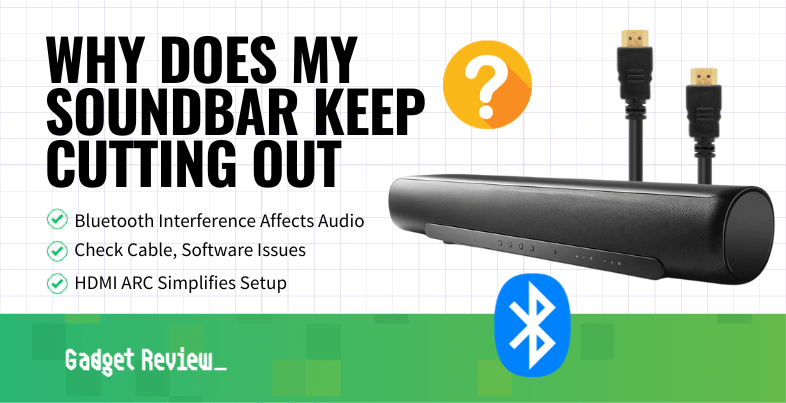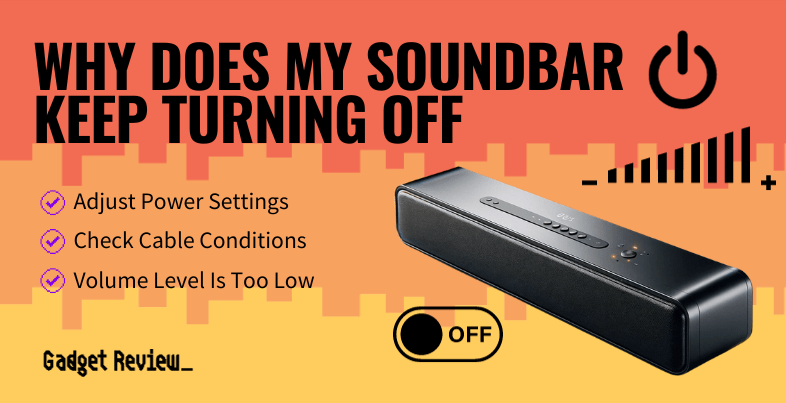Some of the best speakers are soundbars are either wired or wireless.
When learning how to connect a soundbar to a TV, it’s all about port integration. If they’re wired, they’ll need to connect to the TV via a cable. While there are several types of wires out there, one of the most reliable methods is using an optical cable.
An optical audio cable is a reliable, simple, and high-quality connection method. So how do you go about using it on your TV and soundbar?
STEP 1 Check for Output and Inputs

It’s important to check if both your TV and your soundbar have an optical audio output or input. Most modern systems do on the back panel, but it’s always good to confirm that the optical ports do exist.
STEP 2 Prep Your Devices
Turn off both the TV and the soundbar for safety reasons. It’s critical to avoid any power surges when dealing with your delicate audio systems.
STEP 3 Connect the Digital Audio Cable

- Grab your optical audio cable and remove the protective caps. The ends of this cable are almost square, so they’ll only fit the optical port one way.
- Insert one end into your TV’s optical output, the other into your soundbar’s optical input.
STEP 4 Power Up
Switch on your TV and soundbar.
Enhancing Your Soundbar Setup
To make the most out of your soundbar setup, it’s important to understand the best practices for integration. If you have a subwoofer, learn about optimal subwoofer placement with your soundbar and how to connect a subwoofer to your soundbar. This ensures a balanced and immersive audio experience.
STEP 5 Configure Audio Output
Go to your TV’s audio menu, and choose to output sound to an external speaker.
STEP 6 Set the Soundbar
Finally, set your soundbar to receive an optical input.
And there you have it. Your TV sound will now play through your soundbar, improving your audio experience.
Keep in mind that every model can be slightly different. So, if you’re getting stuck anywhere, don’t hesitate to dig into your specific TV or Sound Bar’s user manual for more tailored instructions. If you own an older CRT TV or you have a rare model that lacks audio outputs, then there are still solutions to connecting a soundbar to a TV with no audio output.
Optical Cable Connection Video Tutorial
For a visual demonstration, give the following video a watch. As you can see, it takes only a couple of minutes.
What is an Optical Cable?
Unlike HDMI-ARC or basic HDMI Cables that use electrical impulses, an optical cable is a different beast of a wire entirely. It uses laser light to transmit audio signals between devices.
This impressive technology dates back to 1983, courtesy of Toshiba. This was used, originally, for their Compact Disc Players. Even today, an optical cable remains an excellent way to deliver high-quality sound, pretty much on par with HDMI cables.
Bridging your soundbar to your TV with an optical cable is straightforward. One end of the cable plugs into the optical OUT port on your TV. The other end? It goes into the Optical IN port on your soundbar. Depending on your specific setup, these ports may also labeled as Digital Audio Optical Output.
warning
Proper connection of your soundbar is crucial to avoid issues and ensure optimal performance. Follow the steps carefully in our guide on how to connect a soundbar to your TV with an optical cable to avoid common pitfalls. Correct connections prevent audio dropouts and enhance your overall viewing experience.
Difference with HDMI
However, HDMI cables possess a slight upper hand. They’re capable of delivering DTS HD and Dolby audio found on Blu-ray. So, if your set-up requires HD sound support, HDMI may be the one to choose, and you can also learn how to connect a soundbar to a TV with HDMI.
Some TVs don’t have the ARC-enabled HDMI ports which are slightly more advanced than regular HDMI ports, so be sure to learn how to connect a soundbar to a TV without ARC if that’s the case and read more about the differences between HDMI Arc and optical cables.
STAT: Keep in mind that an optical cable doesn’t support HD audio formats such as Dolby TrueHD and DTS-HD Master Audio.
An optical cable’s not to be dismissed though, especially when it comes to versatility. If your TV doesn’t possess HDMI ports, the next best option is the optical cable. This is due to their capacity to digitally transfer sound. This means despite an old-school connection method, they deliver top-quality audio.
Choosing the Right Soundbar
Selecting the right soundbar can significantly impact your audio experience. Compare different models like a 2.1 soundbar vs. a 5.1 soundbar to find the best fit for your needs. For those looking for top-quality recommendations, explore the best Samsung soundbars and the best soundbars for projectors to enhance your home theater setup.
While HDMI cables can flawlessly handle high-quality audio for 7.1 surround systems, optical cables are not far behind, comfortably working with compressed 5.1 surround sound systems.
Remember, while HDMI cables are common, they aren’t always the best fit. Especially when dealing with older AV receivers or TVs without HDMI ports. Optical cables step up to the plate here, offering versatility and compatibility where HDMI falls short. So, don’t hesitate to go for an optical cable when setting up your surround sound system. It’s an excellent choice that promises optimal audio performance.























